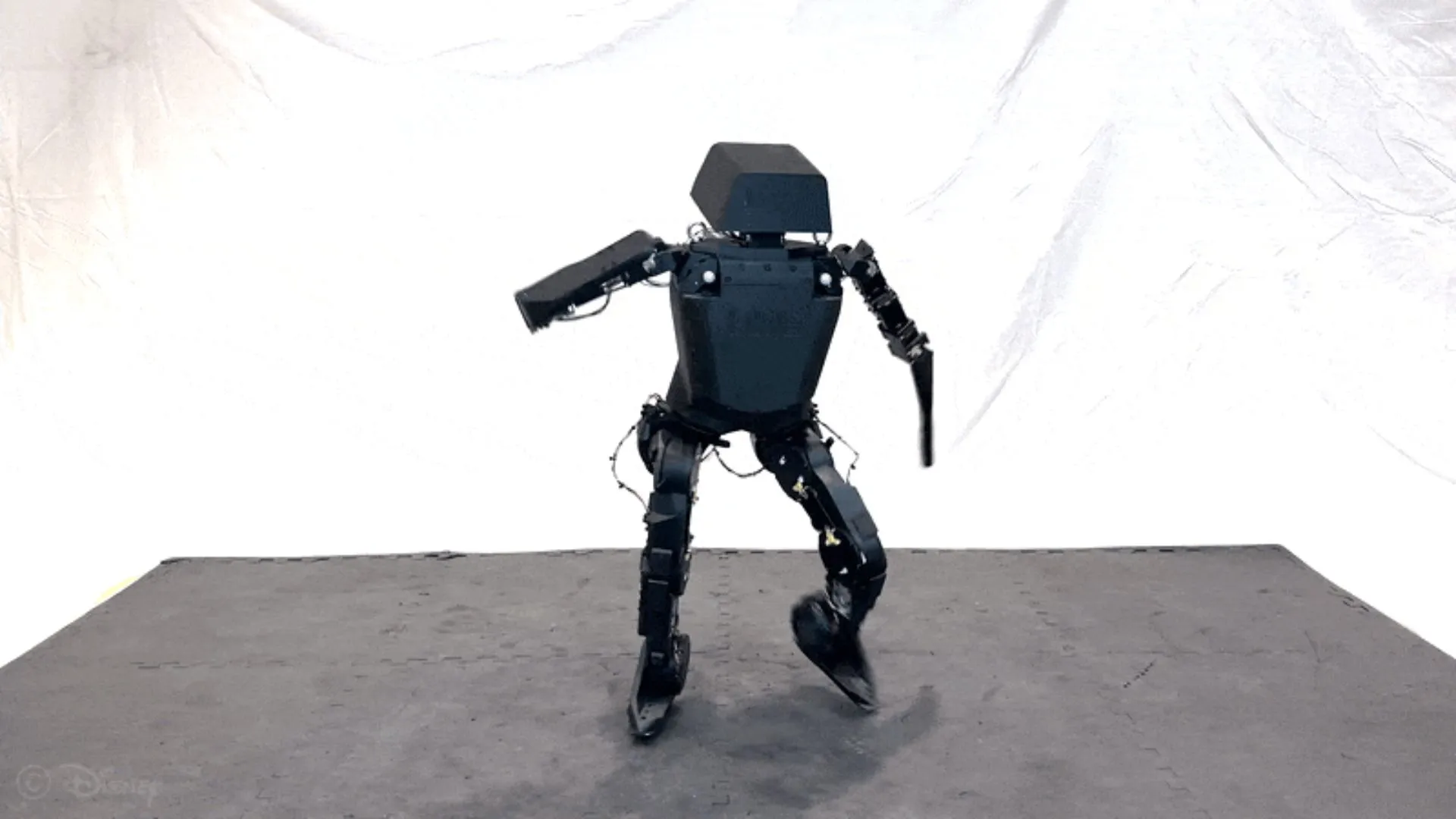Disney's 2-Step Technique: Transforming Raw Data into Robot Dance Moves

Disney's Groundbreaking Approach to Robotics
In a fascinating development, Disney Research has unveiled a novel two-stage method utilizing a variational autoencoder alongside policy learning to teach robots how to dance. This technique not only showcases the potential for entertainment applications but also illustrates the versatility of AI in transforming unstructured data into structured movements.
Key Features of the Technique
- Robust AI Algorithms: Utilizing a variational autoencoder allows for efficient data processing.
- Enhanced Robot Behavior: The integration of policy learning contributes to more dynamic and lifelike movements.
- Broader Implications: This research may influence future developments in robotic entertainment and interaction.
For those intrigued by the intersection of technology and artistry, Disney's innovation is a notable leap forward. The use of AI not only redefines the capabilities of robots but also pushes the boundaries of how we perceive robotic interactions in creative fields.
This article was prepared using information from open sources in accordance with the principles of Ethical Policy. The editorial team is not responsible for absolute accuracy, as it relies on data from the sources referenced.